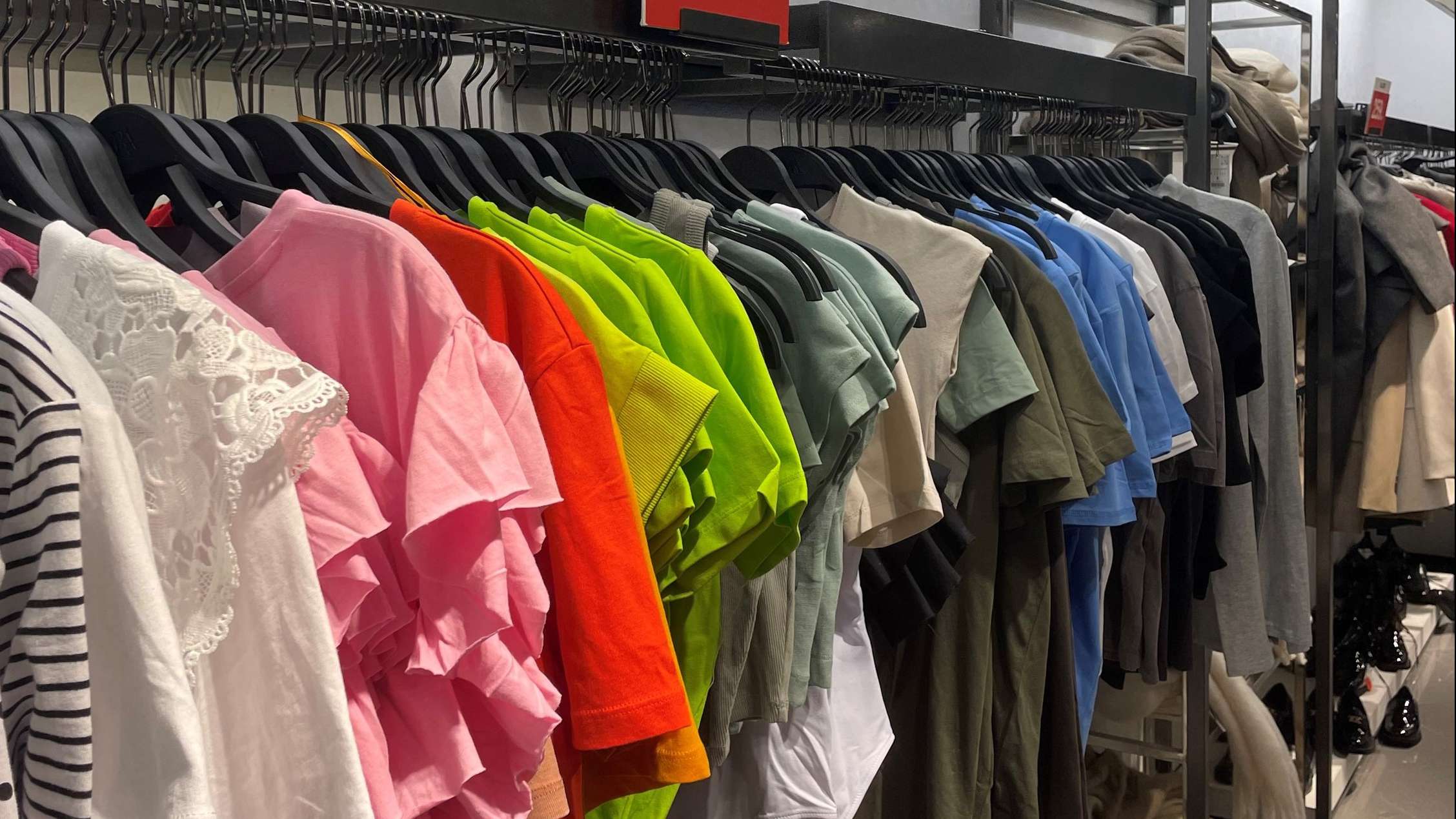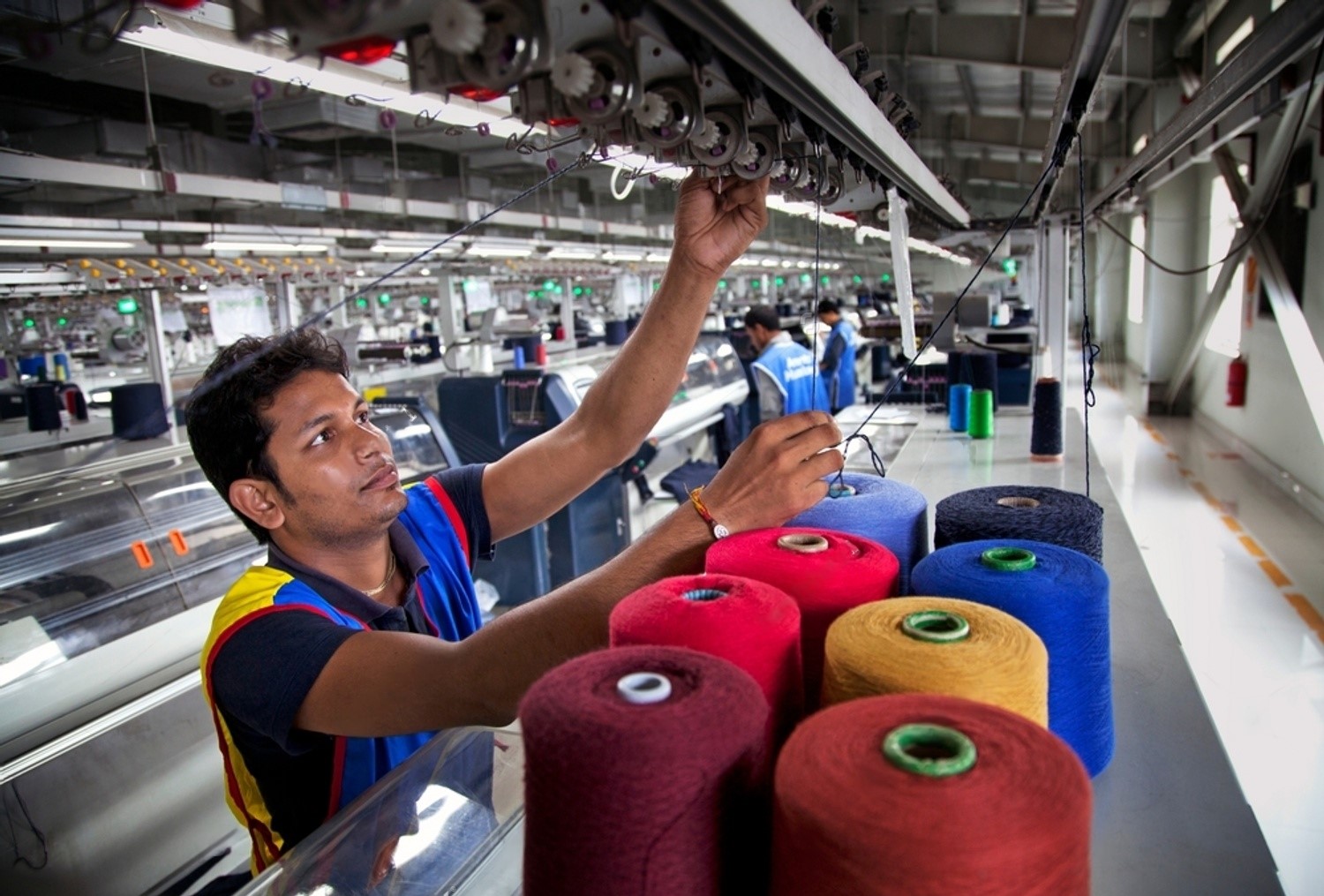The Indian textiles and clothing industry, primarily reliant on domestically grown cotton, faces a tumultuous period marked by surmounting challenges. Despite grappling with issues like high capital costs, tariff barriers, and soaring power expenses, the sector traditionally leveraged competitive domestic cotton prices against international counterparts. However, the tide turned following the removal of cotton from the Essential Commodities Act in February 2007 and its subsequent inclusion on the MCX cotton trading platform. This move ushered in an era dominated by multinational cotton traders, leveraging cheaper funds and hedging facilities abroad.
MSME spinning sector squeezed by supply shortages
India's MSME spinning segment, constituting over 85 per cent of the total spinning capacity, finds itself in a perennial struggle to secure cotton, especially during the peak season from November to March. Limited working capital, compounded by exorbitant interest rates and a mandatory 25 per cent margin, hamper procurement efforts. Consequently, to bridge the deficit during the off-season (April to October), spinners resort to trade purchases and imports. The existing 11 per cent import duty on all cotton varieties except ELS cotton further exacerbates dependence on traders during lean periods, particularly when market prices fall below the Minimum Support Price (MSP), necessitating intervention from the Cotton Corporation of India (CCI).
Global cotton dynamics: Oversupply looms
Internationally, Australia anticipates a cotton production of 4.7 million bales with arrivals expected from May 2024 onwards. Meanwhile, Brazil forecasts its largest-ever cotton harvest of approximately 14 million bales, positioning itself as the world's leading cotton exporter. With crop arrivals projected from June 2024 onwards, the global market is poised for a surplus post-July 2024.
Against this backdrop, fabric, garment, and made-ups segments, typically bound by three to four-month export contracts finalized in February and March, confront mounting challenges. Increased yarn prices, driven by speculative cotton pricing, impede their ability to meet export commitments. Addressing this recurring issue necessitates the implementation of a comprehensive "National Fibre Policy" ensuring raw material security and fostering harmony across the textile manufacturing spectrum. Such a policy framework would level the playing field among industry stakeholders, ensuring sustained growth and competitiveness.
Industry voices alarm: Cotton price surge
In press release, S K Sundararaman, Chairman of The Southern India Mills’ Association (SIMA), sounded the alarm over a sudden surge in cotton prices. Within a mere 15 days, cotton prices skyrocketed by 10 to 12 pr cent, sparking panic across the textile value chain. The price of Shankar-6 variety surged from Rs. 55,300 to Rs. 62,000 per candy, intensifying industry concerns.
Sundararaman of SIMA revealed that the Committee on Cotton Production and Consumption (CoCPC) forecasts the cotton crop size for the 2023-24 season at 316.57 lakh bales, with imports estimated at 12 lakh bales. Consumption is projected at 310 lakh bales, with exports at 25 lakh bales, leaving a closing stock of 57.65 lakh bales. He highlighted a surge in mill sector capacity utilization to 80 per cent to 90 per cent, up from 70 per cent to 75 per cent, with approximately 20 lakh bales already contracted for exports. Anticipating a decline in export demand as international cotton prices align with domestic rates, he assured of ample cotton availability owing to the high closing stock.
With 215 lakh bales of cotton already in the market by February 2024, daily arrivals surpassing a lakh bales, Sundararaman noted the influx of high-quality cotton this season. However, he cautioned that the sharp price hikes primarily benefit traders over farmers, posing a significant challenge for the industry. Considering the global cotton landscape, he foresaw increased availability post-July 2024 due to heightened production in Australia, Brazil, and other countries. Expecting a subsequent softening of Indian cotton prices, he advised spinning mills against panic buying, emphasizing the comfortable supply position globally and the need for cautious procurement amidst prevailing rumors.
Call for government intervention
In a bid to stabilize prices and bolster industry competitiveness, Sundararaman urged government intervention. He advocated for a return to CCI's price stabilization policy implemented in June 2016, along with temporary exemptions from the 11 per cent import duty on all cotton varieties during April to October. Such measures, he argued, would mitigate import parity pricing and enhance export competitiveness, facilitating sustainable growth across the textile value chain.
Amidst global production surges and domestic supply uncertainties, the Indian textile industry stands at a critical juncture, clamoring for proactive policy measures to navigate the storm and emerge resilient.













